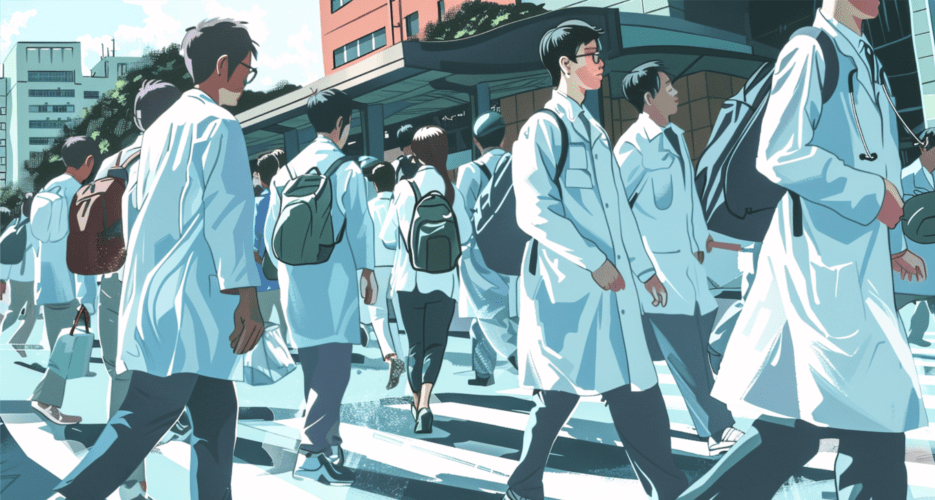Experts warn that larger pool of doctors may not fix urban-rural divide and that competition will only intensify
The South Korean government plans to increase medical school admissions by 2,000 spots next year, the first expansion in nearly two decades, to address the country’s doctor shortage.
But experts say there may be unintended consequences that impact the quality of education, regional sustainability and the long-term distribution of healthcare professionals.
The South Korean government plans to increase medical school admissions by 2,000 spots next year, the first expansion in nearly two decades, to address the country’s doctor shortage.
But experts say there may be unintended consequences that impact the quality of education, regional sustainability and the long-term distribution of healthcare professionals.
Get your
KoreaPro
subscription today!
Unlock article access by becoming a KOREA PRO member today!
Unlock your access
to all our features.
Standard Annual plan includes:
-
Receive full archive access, full suite of newsletter products
-
Month in Review via email and the KOREA PRO website
-
Exclusive invites and priority access to member events
-
One year of access to NK News and NK News podcast
There are three plans available:
Lite, Standard and
Premium.
Explore which would be
the best one for you.
Explore membership options
© Korea Risk Group. All rights reserved.
No part of this content may be reproduced, distributed, or used for
commercial purposes without prior written permission from Korea Risk
Group.












